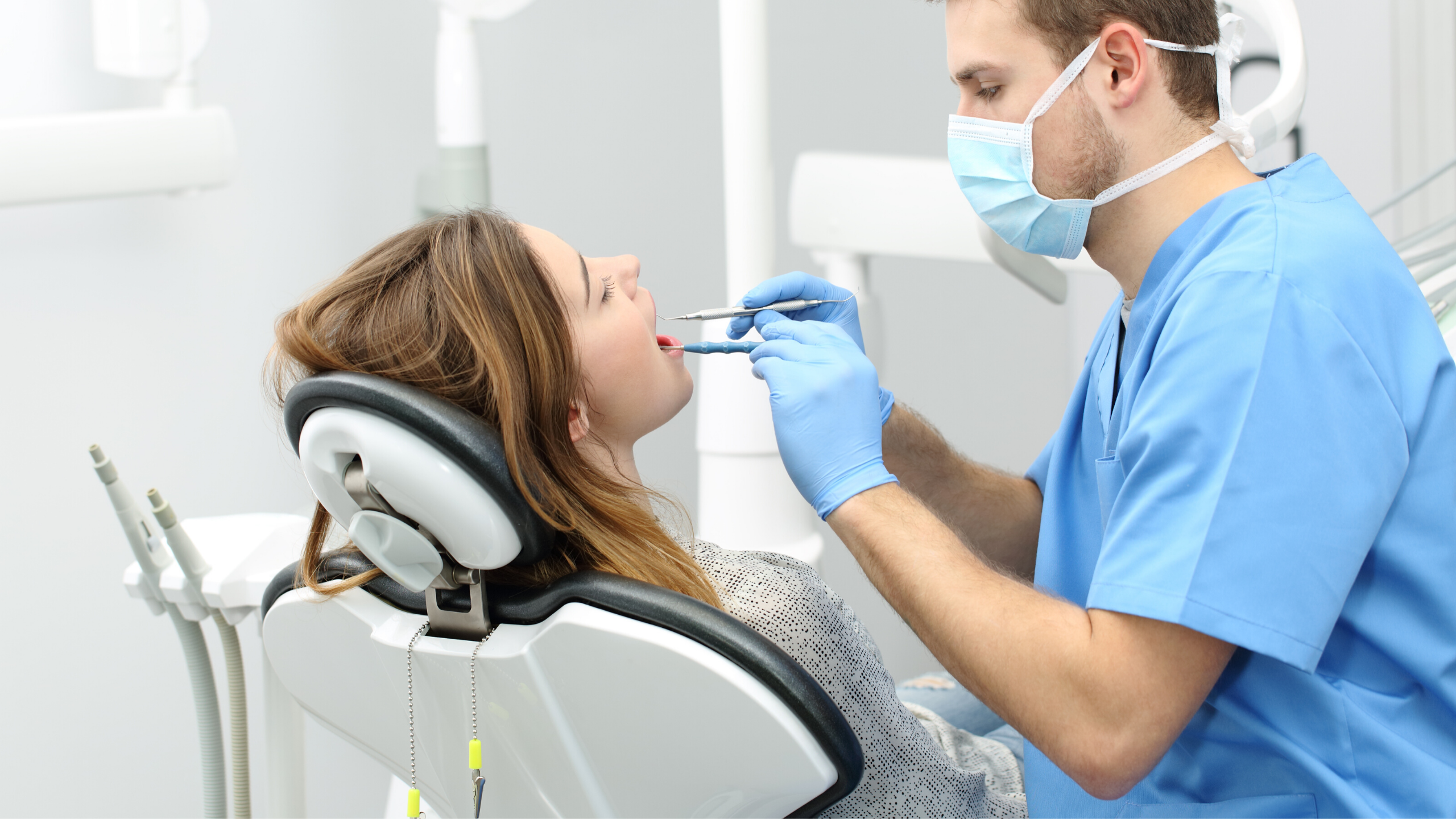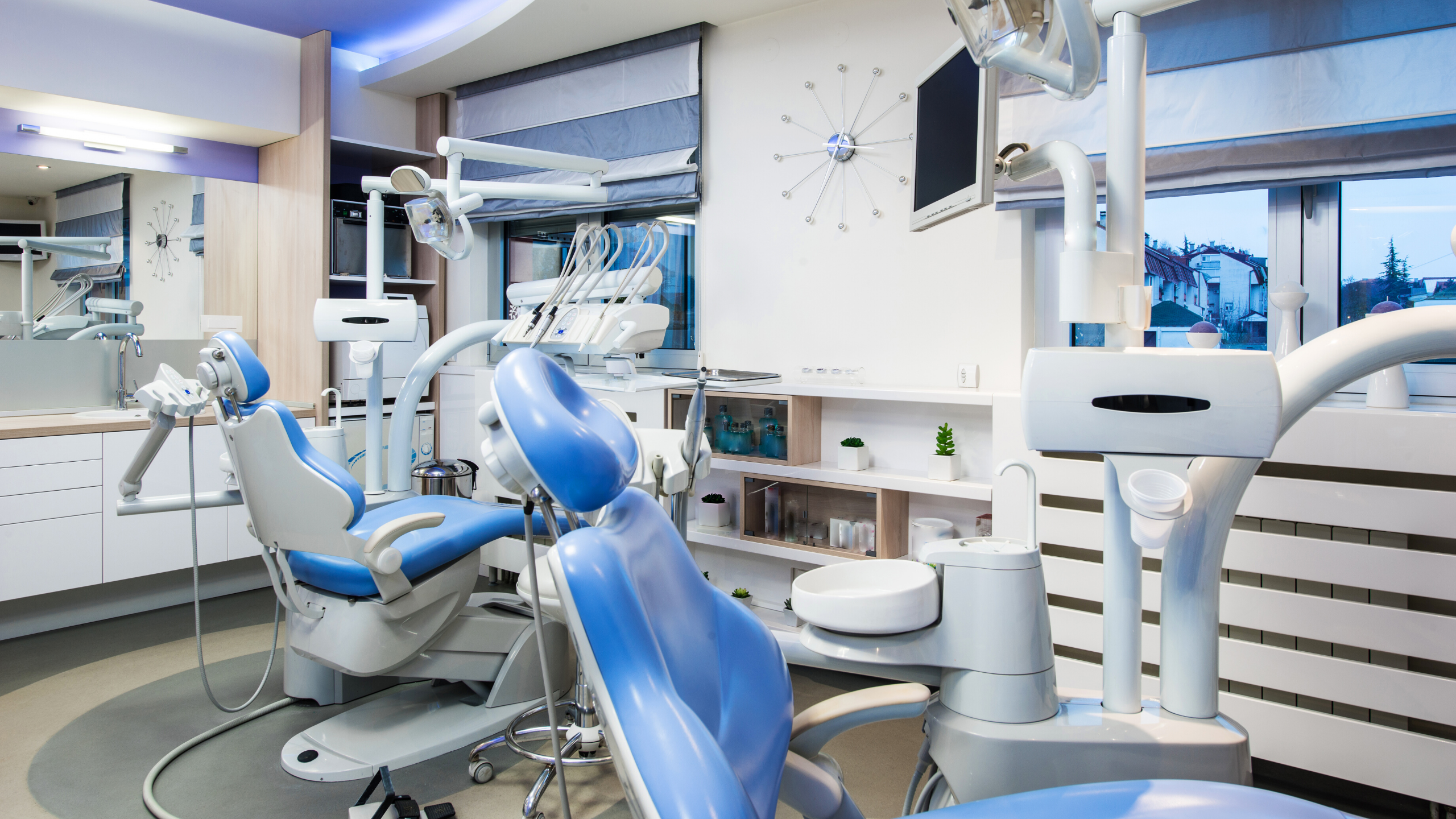What is the Difference Between ST108 and TiR34?
In the realm of sterile processing and infection control, understanding the various standards and guidelines is crucial for maintaining the highest...
The risk of Legionella in the dental practice is a reality. The first confirmed case of Legionnaires’ Disease was in 2011. An 82-year-old woman contracted Legionnaires’ Disease after a dental appointment. Investigations traced the source back to dental water lines and a water pump at her dentist office.
Legionnaires’ Disease is a form of pneumonia caused by any type of Legionella bacteria. Signs and symptoms include cough, shortness of breath, high fever, muscle pains, and headaches. There is also a similar but milder form of the infection called Pontiac fever. Legionella bacteria is usually spread by breathing in mist that contains the bacteria.

Everyone is at risk for contracting Legionnaires’ Disease, but those over 45 and individuals with a compromised immune system are at the highest risk. Confirmed cases if caught soon enough, can be treated with antibiotics.
Dentists need to be fully aware that Legionella bacteria thrive between 68° and 113° F. Legionella bacteria grow most rapidly at 98.6° F. Stagnant water in lines leads to biofilm. Biofilm is a layer of bacteria that forms on the inside of water lines. Legionella secrete polysaccharides, which act like a glue, helping the bacteria attach to pipe walls and water lines. Protozoa feed on the biofilm, and the Legionella bacteria continue to live and multiply. In dentistry, water that is contaminated grows biofilms more readily. This is why it is imperative that dental offices develop a set of control measures to help combat Legionella bacteria. Dentists have the obligation to keep their staff, themselves, and their patients from developing an infection.
Dental offices need a Legionella Risk Assessment and Water Management Program that meets all CDC protocols. Water management programs identify hazardous conditions and take steps to minimize the growth and transmission of Legionella and other waterborne pathogens in building water systems. Developing and maintaining a water management program is a multi-step process that requires continuous review. Such programs are now an industry standard for various facilities in the United States.
Seven key elements of a Legionella water management program are to:
1) Establish a water management program team
Dentists have a responsibility for the management and control of Legionella bacteria and must be educated. The American Dental Association recommends that dentists regularly disinfect dental water lines, install filters, and take other steps to minimize exposure to Legionella. It also recommends testing dental water for bacteria regularly.

If you are a dentist or a dental employee, reach out to IWC to see how we can help your office test for waterborne pathogens like Legionella and help develop a water management program that mitigates risk.

In the realm of sterile processing and infection control, understanding the various standards and guidelines is crucial for maintaining the highest...

In the healthcare sector, maintaining the highest standards of sterilization and cleanliness is crucial. One of the essential standards in this...

In the healthcare industry, maintaining high standards of cleanliness and safety is non-negotiable. One of the critical standards that professionals...